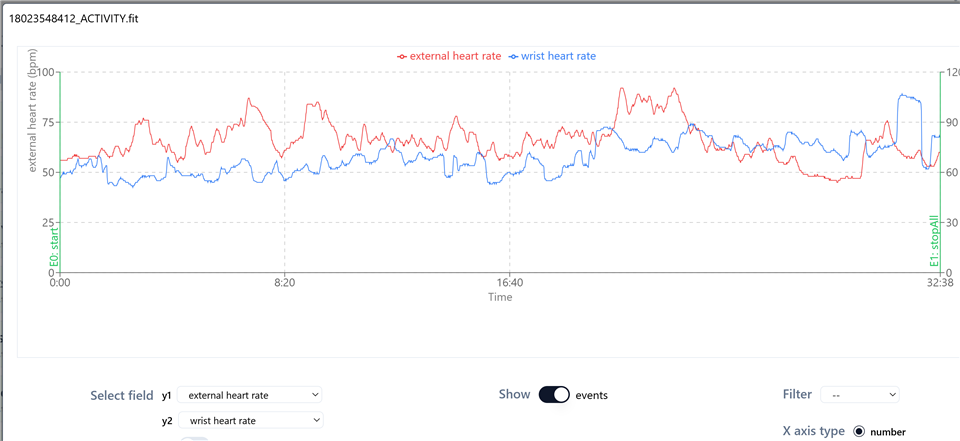This. Just got the HRM-Dual heart rate monitor and will pair with my Fenix 8. I'd like to see how accurate the band is vs the watch. For an activity where the watch is paired to the HRM, does it also record HRM using the optical sensor on the watch simultaneously? Or no, it just uses the HRM strap to show HR for the activity and the watch HR sensor isn't being measured? If it uses both, is there a way/place where I can see what the watch records AND what the HR strap does? Maybe they are separate values in the activity FIT file?






